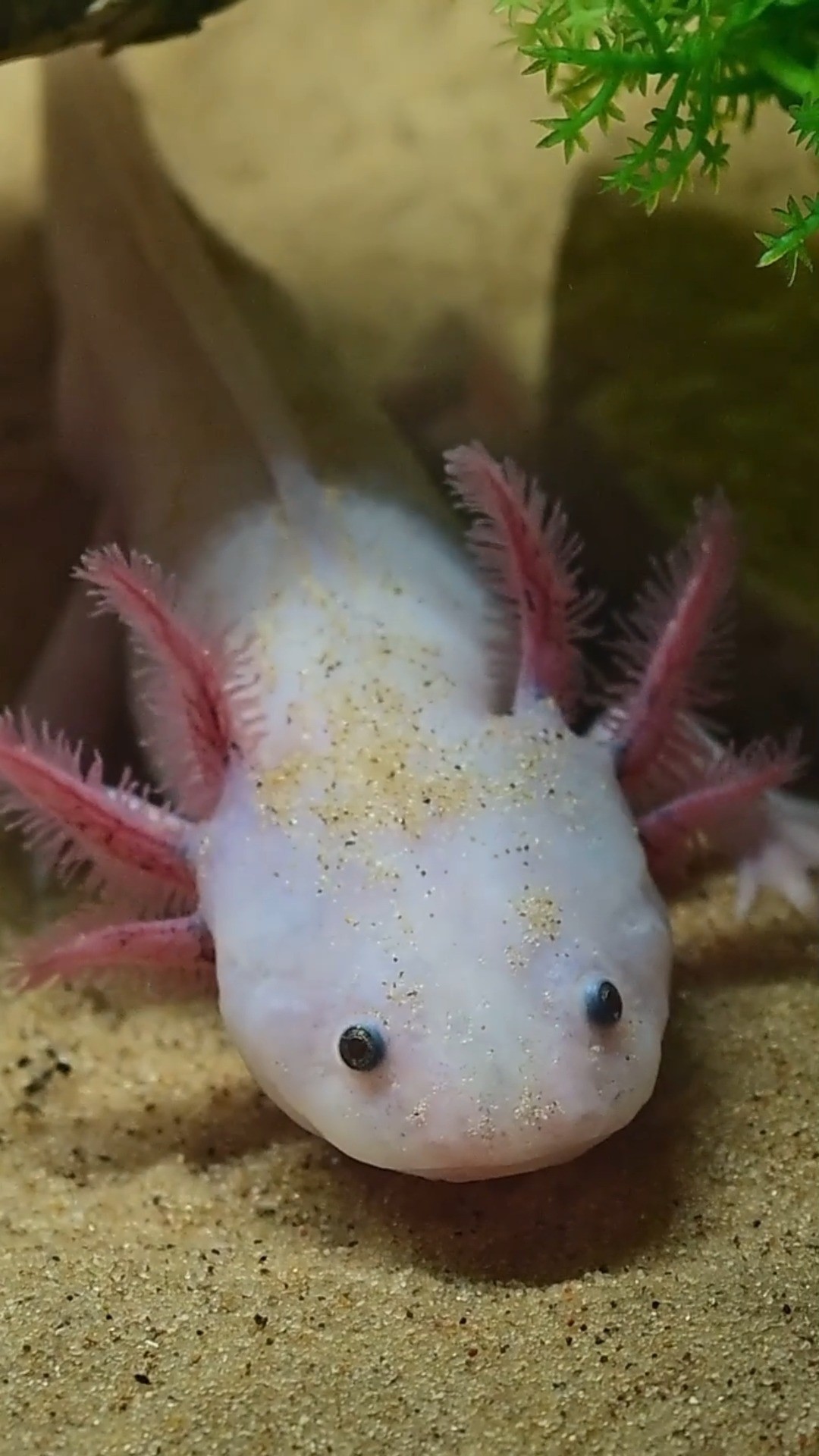- Axolotls are critically endangered in the wild, with fewer than 1,000 individuals inhabiting the remaining canals in southern Mexico City.
- These amphibians are unique due to their distinct characteristics, such as their frilly gills and regenerative abilities, which have captivated scientists and pet enthusiasts alike.
- Axolotls require specialized care in captivity, and owning them is illegal in certain places like California without a permit.
- New axolotl habitats, like the one at the L.A. Zoo, offer educational opportunities and highlight efforts to conserve this endangered species.
- Conservation efforts are vital in addressing threats from pollution, invasive species, and disease, which are impacting the axolotl’s natural habitat.
Axolotls, often adored for their peculiar appearance and captivating biological traits, face the alarming threat of extinction in their natural habitat. Found only in a limited area of Mexico City, these charismatic creatures require urgent conservation efforts to ensure their survival.
In the wild, axolotls inhabit the remnants of a once-vast series of lakes and canals in the Xochimilco region, now reduced to less than seven miles due to urban expansion and environmental degradation. Pollution, habitat loss, and the introduction of invasive species such as tilapia and carp have drastically diminished their numbers. These challenges, coupled with issues like disease, demand immediate attention from conservationists and local authorities.
Scientifically known as Ambystoma mexicanum, axolotls possess fascinating regenerative abilities, enabling them to regrow entire limbs, spinal cords, and even parts of their brains. This feature has sparked enthusiasm among researchers studying regeneration and its potential applications in medicine. However, their allure extends beyond the scientific community. With their bright gills and smile-like facial features, axolotls have become a trendy choice among pet enthusiasts. Despite their appeal, keeping axolotls as pets is a responsibility that requires specialized knowledge. They thrive in specific water conditions and temperatures, making them challenging to care for without proper education and resources.
In regions like California, owning an axolotl is illegal unless you have a special permit. This regulation aims to protect the species and prevent the exploitation of these creatures in the pet trade. Understanding the needs and legalities associated with axolotls is crucial for potential pet owners who wish to appreciate their beauty without contributing to their decline.
The L.A. Zoo has recently embraced the opportunity to educate the public about axolotls by opening a dedicated habitat. This new exhibit, part of the Winnick Family Children’s Zoo, was initiated by a young enthusiast, Sebastian Stirdivant Wason, whose admiration for axolotls was inspired by platforms like Minecraft. The aim of this exhibit is not just to showcase these amphibians but to highlight the importance of protecting and preserving their natural environment.
Conservation initiatives are imperative to safeguarding the remaining axolotl population. Restoring and preserving their habitat in Xochimilco involves implementing strategies to reduce pollution, managing invasive species, and conducting educational programs for local communities. By increasing awareness and involvement, conservationists hope to bolster efforts in preserving this species for future generations.
In sum, the plight of the axolotl is a vivid reminder of the broader environmental challenges we face. Through targeted conservation actions and increased public education, we can strive to protect and revitalize this remarkable species, ensuring they continue to enchant and inspire those who encounter them.
*****
Source Description
This we’re spotlighting the infamous axolotl — your favorite frilly-gilled amphibian! That’s right — while popular in pop culture and the pet trade, axolotls are critically endangered in the wild. Fewer than 1,000 remain in their native habitat. Found only in a handful of canals in southern Mexico City, their fragmented, watery world spans less than seven miles and is threatened by pollution, invasive species, and disease.
With their fanciful appearance and skyrocketing popularity, axolotls have become trendy pets — but they’re illegal to own in California without a permit and require highly specialized care.
Good news: You can now see these remarkable amphibians up close at the L.A. Zoo’s NEW axolotl habitat in the Winnick Family Children’s Zoo — made possible by 11-year-old axolotl (and Minecraft) fan Sebastian Stirdivant Wason and his family. 💚
Read the full story in the newest issue of Zoo View, link in bio.


